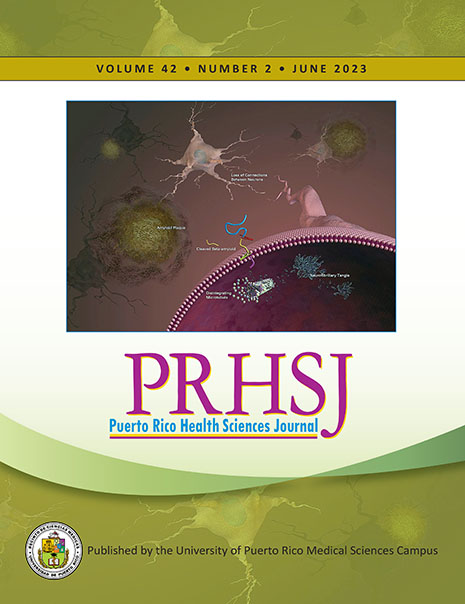Abstract
Objective: To evaluate the morphological changes of cardiomyocytes exposed to different sodium fluoride (NaF) concentrations, as well as to evaluate the behavior of the mitochondria. Methods: Rat H9c2 cardiomyocytes were exposed to NaF at concentrations of 0.5 to 5 mmol/L. The morphology and number of mitochondria in these cells were monitored, and the calcium ion (Ca2+) concentration was determined. Results: Morphological changes were evident in the cells treated with different NaF concentrations, and both the number of mitochondria and the Ca2+ concentration decreased in a dose-dependent manner. Conclusion: Sodium fluoride induced morphological damage in cardiomyocytes, decreases the Ca2+ concentration and mitochondrial number.
Authors who publish with this journal agree to the following terms:
a. Authors retain copyright and grant the journal right of first publication with the work simultaneously licensed under a Creative Commons Attribution License that allows others to share the work with an acknowledgement of the work's authorship and initial publication in this journal.
b. Authors are able to enter into separate, additional contractual arrangements for the non-exclusive distribution of the journal's published version of the work (e.g., post it to an institutional repository or publish it in a book), with an acknowledgement of its initial publication in this journal.
c. Authors are permitted and encouraged to post their work online (e.g., in institutional repositories or on their website) prior to and during the submission process, as it can lead to productive exchanges, as well as earlier and greater citation of published work (See The Effect of Open Access).
